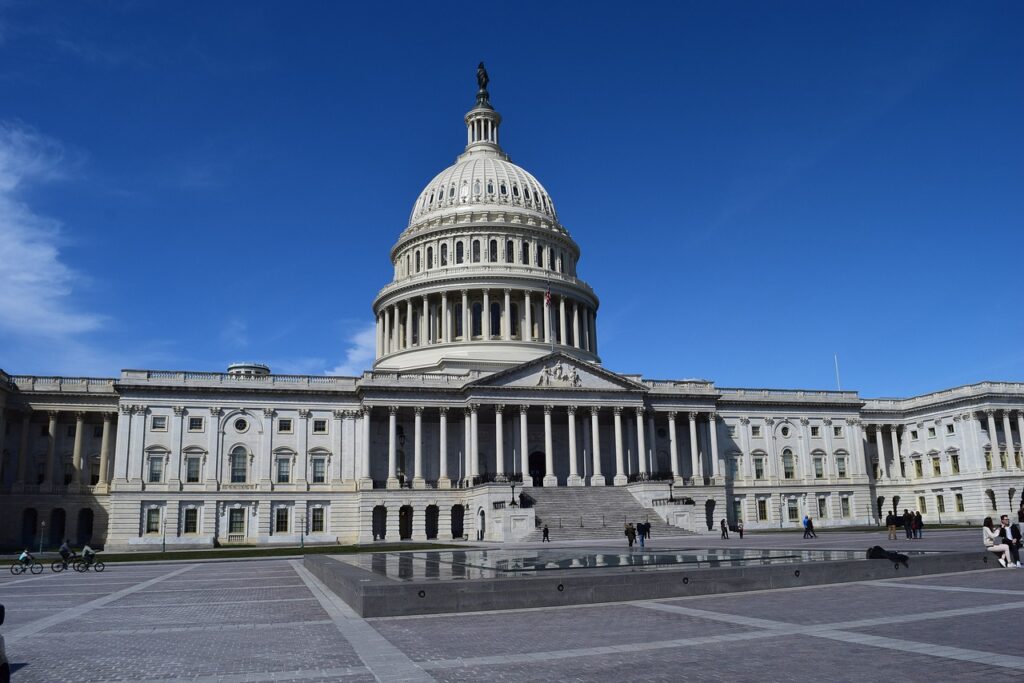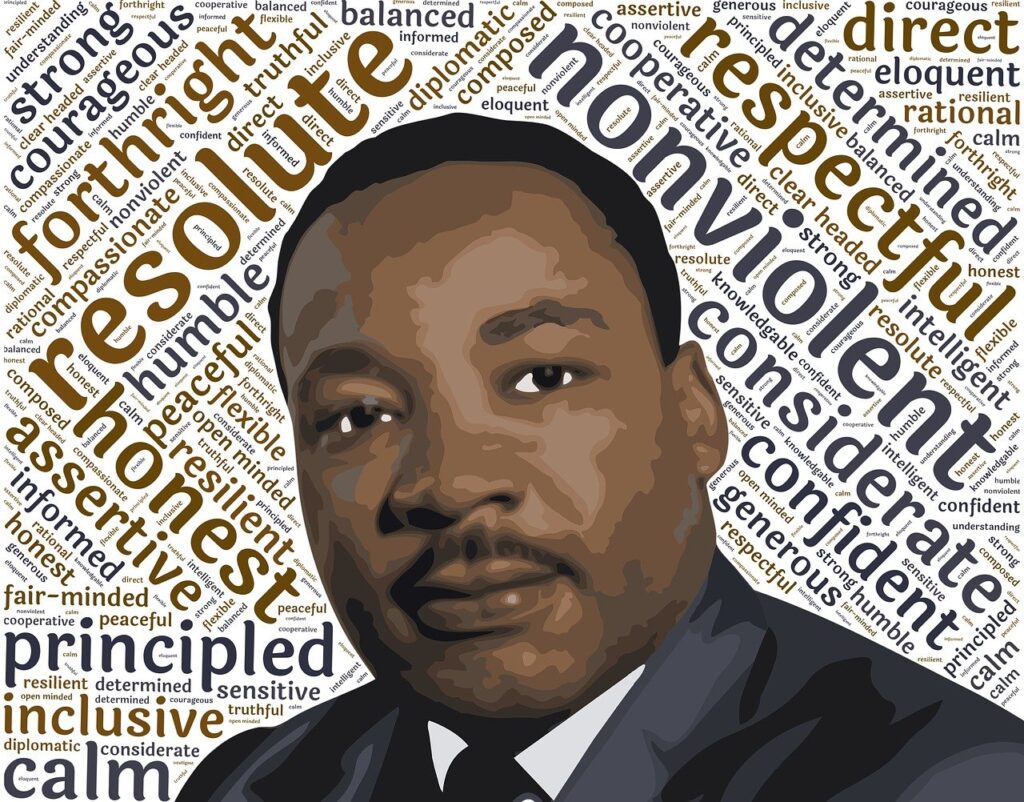The 1948 presidential election in the United States is remembered as one of the most surprising upsets in political history. Prior to the election, all major media outlets had confidently predicted a victory for Thomas Dewey over the incumbent, Harry Truman. However, Truman not only won the Electoral College by a decisive margin (303-189) but also secured a higher percentage of the popular vote (49.6% to 45.1%). This unexpected outcome left many Americans and political observers reeling and prompted questions about the effectiveness and fairness of the electoral system.
Survey Results
Following the election, surveyors sought to gauge public sentiment about potential changes to the electoral process:
- No: 58%
- Yes: 31%
- No opinion: 11%
Survey Beta Conclusion
The survey results, with a majority of respondents (58%) opposing changes to the electoral system, reflect a nuanced perspective on the role and function of the electoral college. This sentiment, although conducted in a different era, mirrors contemporary debates about the electoral process. For instance, a 2021 Pew Research poll found that 55% of voters expressed a preference for the candidate who wins the popular vote to become president. Interestingly, 43% of respondents supported maintaining the current electoral system. This continuity of opinion across generations highlights the enduring complexity and relevance of electoral reform discussions.
Historical Context of the Electoral College
The Electoral College, established by the Founding Fathers in 1787, was conceived as a compromise between differing views on voting and representation. The framers grappled with concerns about potential corruption if Congress held excessive power in selecting the president, while also expressing reservations about direct public participation in presidential elections due to perceived voter ignorance. Thus, the Electoral College emerged as a middle ground solution, where electors chosen by the public would ultimately decide the presidency. Despite the passage of centuries, the Electoral College remains entrenched in American electoral tradition.
Challenges of Voting Reform
Efforts to reform the electoral system face significant hurdles, particularly due to partisan interests and institutional inertia. The party in power, benefiting from the current system, often resists proposals for change. Given that electoral reform requires legislative action, the likelihood of meaningful reform is constrained by political dynamics. Although public sentiment may favor revisions to the electoral process, translating this sentiment into actionable reform demands a substantial shift in political will and consensus.
One significant hurdle in achieving meaningful voting reform is the issue of gerrymandering. Gerrymandering refers to the practice of manipulating electoral district boundaries to favor a particular political party or group. This tactic allows incumbent politicians to redraw district lines in ways that consolidate their power and influence election outcomes.
Gerrymandering distorts the democratic process by diluting the voting power of certain communities or amplifying the electoral strength of others. Politicians in power often exploit gerrymandering to secure safe districts for themselves or their party, undermining fair representation and competitive elections. This practice perpetuates political polarization and diminishes accountability in government.
The challenge of addressing gerrymandering lies in its entrenched nature within the electoral system. Redistricting processes, which occur periodically based on census data, provide opportunities for partisan manipulation of electoral maps. Despite widespread public disapproval of gerrymandering, partisan interests often prioritize maintaining electoral advantages over advocating for impartial districting.
Efforts to combat gerrymandering include advocating for independent redistricting commissions tasked with drawing electoral boundaries based on neutral criteria, such as compactness and contiguity, rather than partisan considerations. Some states have successfully implemented bipartisan or nonpartisan redistricting processes to promote fairness and transparency in electoral map-drawing.
The intersection of gerrymandering and voting reform underscores broader challenges in achieving electoral integrity and representation. Addressing gerrymandering requires bipartisan cooperation, public advocacy, and legal reforms aimed at promoting equitable districting practices. By confronting gerrymandering and other systemic barriers to fair elections, policymakers can advance democratic principles and enhance public trust in the electoral process.
Contemporary Relevance and Public Opinion
The enduring debate over the electoral system underscores broader questions about democracy, representation, and fairness in governance. The 1948 survey reflects an early example of public engagement with electoral reform, a topic that continues to resonate in modern politics. As American society evolves and technology reshapes communication and information dissemination, debates about electoral reform remain an ongoing reflection of democratic principles and citizen engagement.
Conclusion
In summary, the post-1948 survey on electoral reform offers insights into historical attitudes toward the Electoral College and voting systems. Despite shifting societal norms and technological advancements, fundamental questions about the electoral process persist. Public opinion, as demonstrated by both historical and contemporary surveys, underscores the complexity and enduring relevance of electoral reform discussions. While the pathway to meaningful reform may be challenging, ongoing dialogue and civic engagement remain essential components of democratic governance.


